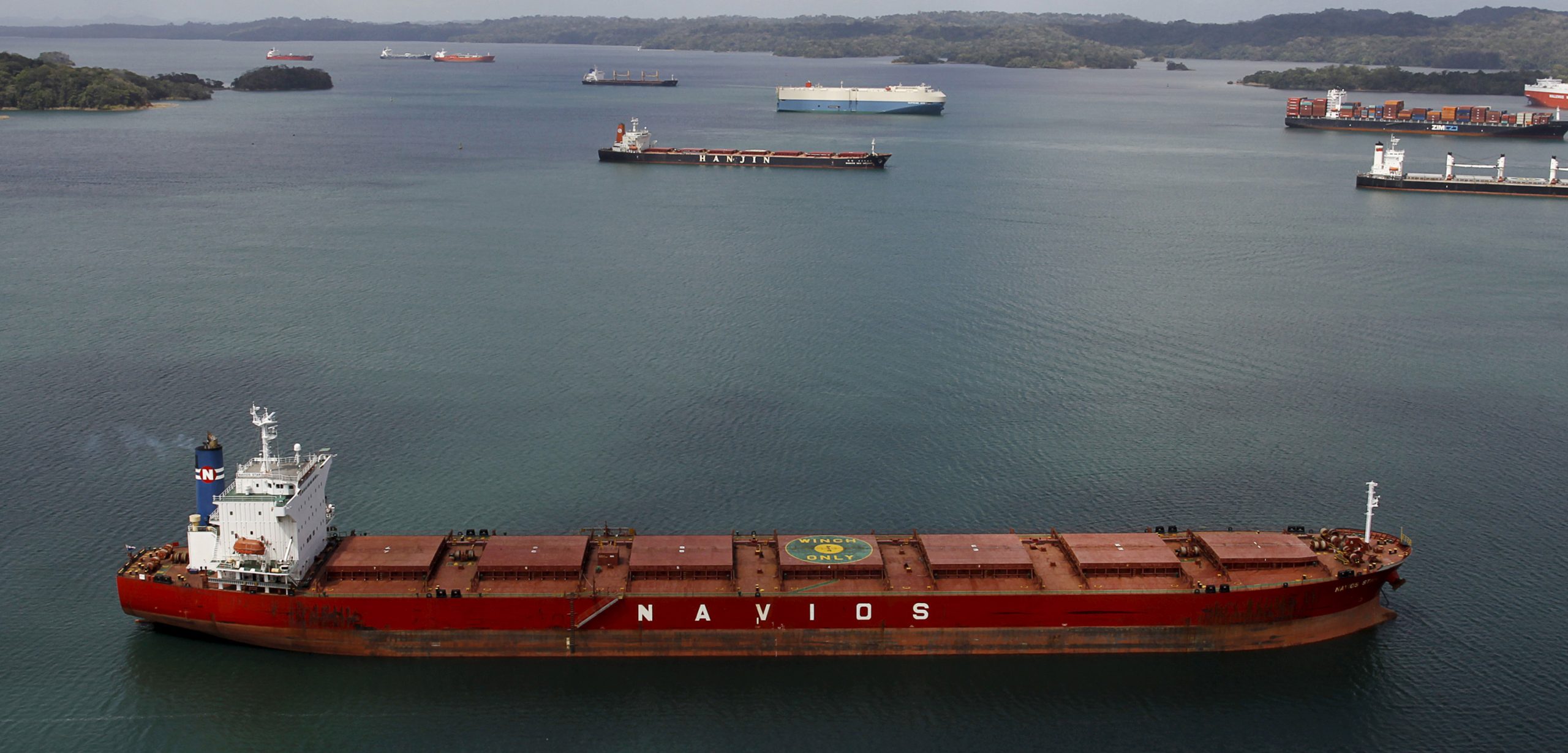Stories from the Seven Seas
Messages in bottles you may have missed.
Article body copy
Hakai Magazine is all about the coast, but other outlets sometimes share our fascination. Every week on Strand we round up our favorite coastal stories from around the web.
When the world’s biggest ships meet the world’s skinniest straits
by Sarah Laskow for Atlas Obscura
“Both the Summer Wind and the Miss Susan, counting the barges, were longer than two football fields. When vessels like this run into each other, it looks almost like it’s happening in slow motion, the giant hulks floating inexorably towards each other. Even if they’re moving slowly, these ships have such bulk that they’re difficult to stop: A large ship might need more than 2 miles. And as ships keep getting bigger and the stakes keep getting higher, the question becomes not why did this collision happen, but why don’t more ships collide? What is keeping these giant vessels in their invisible lanes?”
Grim history traced in sunken slave ship found off South Africa
by Helene Cooper for The New York Times
“He understood instantly what they were. Ballasts. Iron blocks of ballasts.
‘I’m a scientist, I’m not one for massive amounts of emotion,’ Mr. Boshoff said. But, he added, ‘I knew immediately.’
Iron ballast bars were part of the currency of the slave trade. Ships undergoing those long ocean voyages needed weight to keep them stable, and human beings in the cargo hold do not weigh enough. Their weights go up and down. Some of them die.
So slavers used iron blocks of ballast to counterbalance the variable weights of their human cargo.”
Small atoll islands may grow, not sink, as sea levels rise
by Penny Sarchet for New Scientist
“‘There is presently no evidence that these islands are going to sink,’ says Virginie Duvat of the University of La Rochelle in France. She says that she and other researchers are trying to fight the widespread misconception that sea level rise will mean the end for atolls. However, Kench’s findings do not apply to other types of island, like the volcanic main islands of Fiji, Tonga and Samoa.”
To save California, read “Dune”
by Andrew Leonard for Nautilus
“Fernandez spends his days building and monitoring fogcatchers, remarkably Dune-like devices that have the property of converting fog into potable water. ‘I think about Dune a lot,’ Fernandez says. ‘The ideas have really sat with me. In the book, they revere water, and ask, what do we do?’ Similarly, Yolles says, ‘I remember being fascinated by the stillsuits. That was a striking technology, really poignant.’ And inspiring. The fictional prospect of a dystopian future, Yolles says, ‘helped me see problems that we have, and where things might go.’”
‘Tweeting’ seals chart the world’s oceans
by the BBC
“Seals wearing sensors built at the University of St Andrews have produced nearly 400,000 environmental profiles of the Southern Ocean.
Dr Lars Boehme said the critical flow of information was ‘like tweeting’.
The sensors are said to be noninvasive and fall off when the seals moult, and the university said they are the only devices of their kind that can be attached to animals.”

